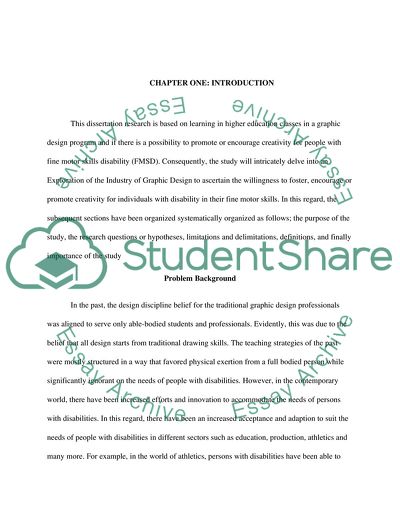Cite this document
(Design Industry and the Willingness to Foster Creativity for People Research Proposal Example | Topics and Well Written Essays - 2250 words, n.d.)
Design Industry and the Willingness to Foster Creativity for People Research Proposal Example | Topics and Well Written Essays - 2250 words. https://studentshare.org/education/1843340-its-in-the-attached-document
Design Industry and the Willingness to Foster Creativity for People Research Proposal Example | Topics and Well Written Essays - 2250 words. https://studentshare.org/education/1843340-its-in-the-attached-document
(Design Industry and the Willingness to Foster Creativity for People Research Proposal Example | Topics and Well Written Essays - 2250 Words)
Design Industry and the Willingness to Foster Creativity for People Research Proposal Example | Topics and Well Written Essays - 2250 Words. https://studentshare.org/education/1843340-its-in-the-attached-document.
Design Industry and the Willingness to Foster Creativity for People Research Proposal Example | Topics and Well Written Essays - 2250 Words. https://studentshare.org/education/1843340-its-in-the-attached-document.
“Design Industry and the Willingness to Foster Creativity for People Research Proposal Example | Topics and Well Written Essays - 2250 Words”. https://studentshare.org/education/1843340-its-in-the-attached-document.


